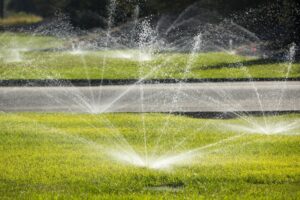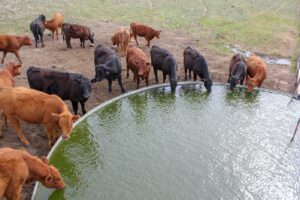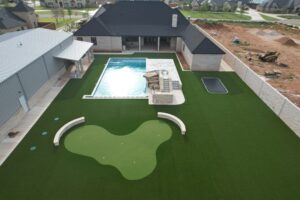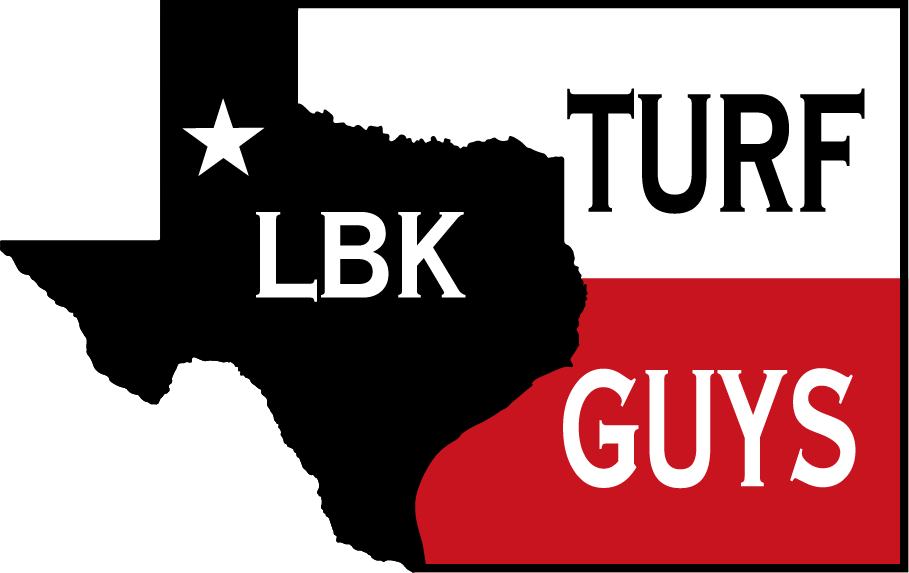Water Conservation: Saving a Precious Resource
We are launching a new educational blog about the environmental impacts of Artificial Turf, and this series can not be started in any better way than talking about water!
One of the most significant environmental benefits of artificial turf is its ability to conserve water.
Water is one of the most important factors of survival. We all have heard since we were children that we can only go 3 days without water, but the importance of water extends to all species– not just humans. All life on earth, regardless of age, classification, or location, needs water.
We often think about “saving water” as some mechanism of a closed-loop system. Many people who live in the cities or suburban environments, somehow think that water exists just in bottles, tanks, pools, and occasionally a river or an ocean. To the average consumer, it’s easy to imagine there is just a giant tank of water under the city and when you turn on your faucet this unlimited supply comes out, and it takes no effort– in a beautiful fantasy world, that sounds great!
Unfortunately, reality is a little different.
The water on the planet earth itself is somewhat of a closed-loop system; nothing comes in and nothing gets out. However, depending on the geography and weather patterns of the area you live, it is as far from a closed system as you can imagine. The water you drink is lost through your skin, your breath, your sneezes, your eyes, and of course when its time to stop for a restroom break. The water that comes into your faucet originates from sources such as rivers, springs, and large ground wells such as aquifers and lakes. Water then is taken from these sources, and placed through rigorous filtration and sanitation systems, and eventually is taken to water towers, underground urban water systems, and large manmade aqueducts. Different urban areas have created large-scale infrastructure such as the New York City Water Supply System, the Colorado River Aqueduct, and the California Aqueduct.
Few people understand the magnitude of these systems and large the finances and industrial planning of these systems are. For instance, The California Aqueduct is a series of canals, pipelines, and tunnels that span hundreds of miles across the state. It relies on gravity and a series of pumps to move water from the northern part of the state to the drier southern regions. This aqueduct runs southward from the Sacramento-San Joaquin Delta, passing through the San Joaquin Valley, over the Tehachapi Mountains, and into the Mojave Desert. It then continues on to Los Angeles and other areas in Southern California. This is hundreds of miles, billions of dollars of infrastructure, thousands upon thousands of employees, and represents something unique to humanity- a way to provide water in an arid location such as Los Angeles. This is just one example of the many incredible water systems in the USA, however it points strongly to what people don’t often know or realize- it takes a lot of effort to get the water to the average consumer.
Again using the California Aqueduct as a case example, for every drop of water that exits a faucet in the city of Los Angeles, the water goes through the following:
Distance Traveled: 450 to 600 miles of infrastructure (depending on district location).
Sanitization Plants: 2 to 3 treatment facilities (depending on city location).
Employees Involved: Several thousand.
Water Loss: 10-20%.
So while that one gallon may cost you .0035 cents per gallon on your water bill (national average) it has cost the country (through taxes and labor) a lot more.
While water can be considered an extreme strain on the infrastructure of our world, it is a necessary strain. It is what supports our lives as humans that live in towns and cities.. However we are not the only ones who need it…
Every gallon of water given for us, is a gallon taken away from the wildlife and agriculture that depends on it. It takes an average of 1800 gallons of water just to raise one pound of beef (for efficient factory farms), with cows on average consuming (accounting for the water it takes to grow their food) over 2,160,000 gallons of water per cow. Cattle, chicken, pork, lamb, soy, wheat, corn, rice, and all other foods we eat depend almost entirely on water, and the more water we can conserve in the cities, the more water we can put towards agriculture. What’s more; these numbers don’t even scratch the surface of the importance of water for things that happen at the very bottom of the ecosystem. The fruits and vegetables we eat need to be pollinated, often by bugs and bats, and these animals need natural sources of water. The oxygen we breathe is created by algae, plankton, and trees and bushes, all things that need water. Water proves again and again to be the most important resource as far as life itself is concerned- so what can we do about it in our daily lives?
Conserve.

We can wash our cars a little less.
We can turn off the faucet while we brush our teeth.
We can use the dishwasher more often.
We can water our lawns less….
Or..
We can stop watering our lawns all together.
We could switch to artificial turf, and a lawn that is green year round, lasts for decades, and doesn’t use any water at all-
Artificial turf is a perfect solution to help people conserve water.
The average lawn uses approximately 179,237 gallons per year, assuming one inch of water on the average American lawn per week.
If each house saved that much water per year.. That could be an incredible impact on the world.

That could feed and water 1/8th of a cow.
That could feed and water 350 chickens.
That could feed 125 fruit trees.
That could grow 59,000 heads of lettuce.
That number, multiplied by multiple households, can help make dramatic impacts on the water cycles of the areas in which we live.
By switching to artificial turf, a decision that would pay for itself in the long run with the water saved, we can make dramatic changes to our impact on the environment, and we can go to sleep knowing that we have made a difference. A BEAUITFUL difference.

